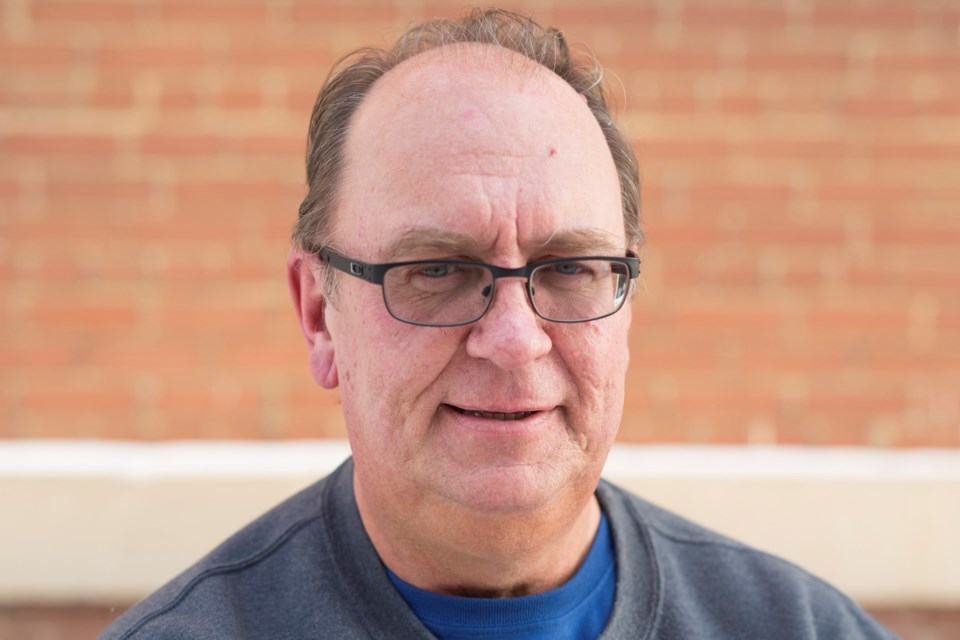OLDS — Despite what residents might think, Olds is in good shape when it comes to the ratio of doctors-to-patients or population, Alberta Health Services (AHS) officials told town council.
During council’s June 6 policies and priorities meeting, Olds Hospital facility medical director Dr. Jaco Hoffman as well as AHS central zone chief zone officer Janice Stewart and central zone medical director Dr. Jennifer Bestard appeared virtually.
The discussion lasted about an hour and 25 minutes.
Bestard works directly with medical affairs to recruit and retain doctors – also referred to as physicians – across the zone.
She said Olds essentially has a complement of 17.9 full-time equivalent doctors. Fifteen of them, who work at the Wild Rose Medical Centre, have what are called community practices where they see patients. They also work at the Olds Hospital and Care Centre or other entities such as seniors’ homes.
A couple of others work at the Parkside Medical Clinic, but only do community practice.
Bestard said the ratio in Olds is pretty good, compared to other communities.
“Actually the community does quite well,” she said, stating that Innisfail and Three Hills have one doctor for every 1,400 patients, whereas Olds has one for every 740.
Despite that, Bestard said she’s currently recruiting four physicians for the community.
Coun. Darren Wilson asked whether the municipality should set up a health-care professionals recruitment and retention committee in order to attract more doctors and nurses.
Bestard said that’s not necessary because recruitment and retention is now her job.
Up until a few years ago, communities used to woo doctors via the College of Physicians and Surgeons, and many communities created committees to do so. Olds was one such community.
Bestard, Stewart and Hoffman said one good way to lure health-care professionals to the community is to pitch the benefits of living here, including aspects like lifestyle as well as availability of daycare and jobs for spouses.
“Those things definitely help, they definitely help,” Hoffman said.
“What I need is the committees to give me the pizazz around what’s amazing about Olds,” she said.“We’ve been very, very successful and we will be successful with Olds. But you can help us showcase your community the very best.”
Hoffman echoed that point, saying when he was recruited to Olds that the community was showcased to him. Representatives even met him on the highway.
They stressed that while years ago doctors would work long hours, today’s generation of doctors is not so willing to do that.
“There is definitely a change in the way newer graduates practise. I do surgery, I do emerg, I do obstetrics, I do anesthesia, I do clinic, I do long-term care and those type of things,” Hoffman said.
“I think I’m the last of the dinosaurs that came through like that. We don’t see clinicians doing that any more. Clinicians do not practise that way.”
Bestard agreed.
“There’s always a delicate balance when you look at work-life balance, and that needs to be understood," she said.
That being said, Bestard added that AHS has never had any problem recruiting doctors to Olds when the time has come.
She and Stewart said they over the past couple of years managed to recruit 68 doctors to set up practices in rural areas of the zone.
“It’s unheard of,” Bestard said.
Coun. Heather Ryan asked whether the population of 13,000 that AHS bases the doctor patient-population ratio on is correct.
She said Olds actually has a trading area population of about 45,000 people, many of whom do – or would like to – have a family doctor in Olds.
It was also noted that a couple of doctors in town don’t have hospital privileges.
Several councillors asked for an explanation on how hospital privileges – the ability to personally admit and take care of one's patients in the hospital – are determined and given to doctors.
They were told that privileges aren’t automatically granted to every doctor who moves to the community. They’re granted if a physician possesses certain skills that are needed in the hospital.
Councillors were also told that a doctor can have privileges at more than one hospital. Bestard said that was a key decision when the COVID-19 pandemic broke out, so that doctors in one community could fill in for others who became ill.



